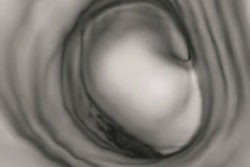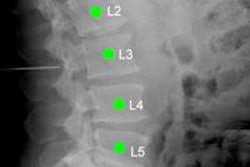In fact, liver volume appears to be a major prognostic factor for the disease, according to results of the study, which was taken from a larger, randomized trial.
"Decompensated alcoholic liver disease is a very severe condition that may progress to multisystem organ failure and infection, with a short-term high mortality rate," wrote lead author Dr. Maxime Ronot, PhD, from Praticien Hospitalier Universitaire in Paris, in an email to AuntMinnie.com.
As things currently stand, treatment relies on corticosteroids and an array of clinical and biological measures, but imaging plays a very small role, she said.
The study separated patients into responders and nonresponders; all patients underwent contrast-enhanced CT of the abdomen, and a number of measures were analyzed, including liver and spleen density, liver-volume to body-weight ratios, and subcutaneous fat.
"We showed that morphometric parameters extracted from initial CT, and especially liver volume, could help predict clinical improvement," Ronot wrote. "Indeed, patients with a larger liver volume were more likely to improve after initiation of the treatment. We believe that CT could be included in the initial workup in order to improve patient selection and prognosis evaluation."



















